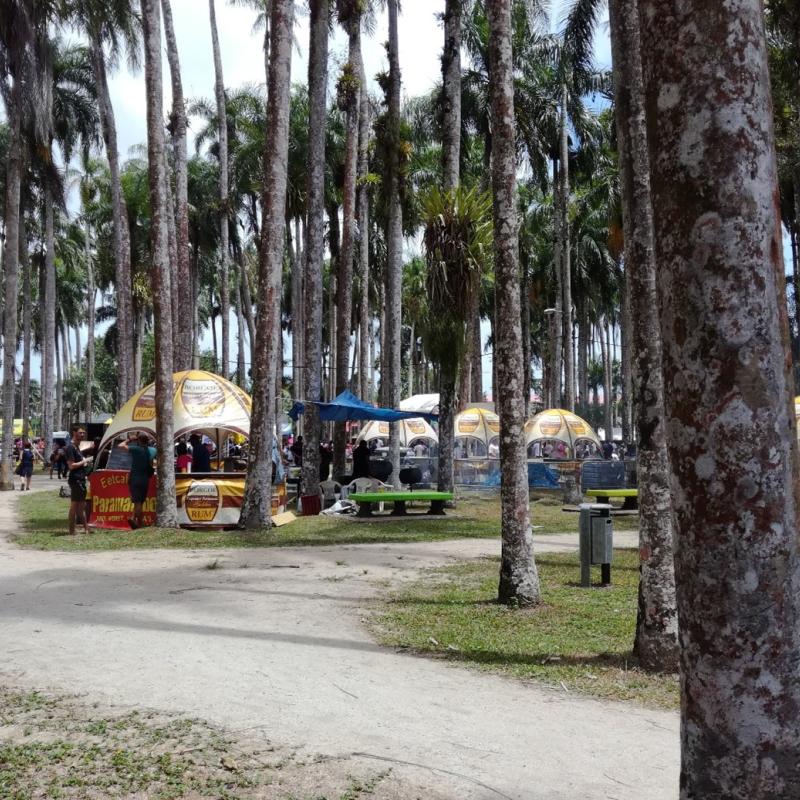Impact of ecosystem services on subjective wellbeing. Improving urban quality of life

Suggested Electives: Intra Urban Spatial Patterns and Process & Spatial Analysis of Ecosystem Services: Nature’s Benefits to People
Improved quality of life is one of the New Urban Agenda (NUA) underlined sectors to be incorporated "in every urban development or renewal policy and strategy" (UN-Habitat, 2017). Ecosystem services, the benefits people receive from nature, are important contributors to urban quality of life and subjective wellbeing. Urban green spaces, for example, are relevant for air purification, climate regulation and recreation and influence the resident’s perception of their own wellbeing (subjective wellbeing). Urban ecosystem services can promote urban residents’ wellbeing by providing access to green spaces and promoting physical activity.
In this topic you will explore the relationship between urban ecosystem services and wellbeing. You could explore one of the following research questions:
- How does access to ecosystem services (e.g., nature and green spaces) impact subjective wellbeing?
- How does the impact of ecosystem services on subjective wellbeing affect different groups (e.g. older adults, children, the poor, migrants, etc.)
- How do different ecosystem services compare regarding impact on subjective wellbeing?
- How do residents’ perspectives compare with that of urban planners and developers?
Specific validated surveys will be included such as the personal wellbeing index (IWG, 2013). Depending on the specific questions you will develop, a combination of qualitative and quantitative methods (QUAN-QUAL) is envisioned, e.g., qualitative data analysis, qualitative GIS and mobile data capture, walking interviews, photographic recording, Computer-assisted/Aided Qualitative Data Analysis (CAQDAS); survey and statistical analysis.
International Wellbeing Group (2013). Personal Wellbeing Index: 5th Edition. Melbourne: Australian Centre on Quality of Life, Deakin University. http://www.acqol.com.au/instruments#measures
Haase, D., Larondelle, N., Andersson, E., Artmann, M., Borgström, S., Breuste, J., Gomez-Baggethun, E., Gren, Ǻ , Hamstead, Z., Hansen, R., Kabisch, N., Kremer, P., Langemeyer, J., Lorance Rall, E., McPhearson, T., Pauleit, S., Qureshi, S., Schwarz, N., Voigt, A., Wurster, D., Elmqvist, T. (2014): A Quantitative Review of Urban Ecosystem Service Assessments: Concepts, Models and Implementation. Ambio 43: 413-433. http://dx.doi.org/10.1007/s13280-014-0504-0
Shumi, S., Zuidgeest, M.H.P., Martinez, J.A., Efroymson, D. and van Maarseveen, M.F.A.M. (2015) Understanding the relationship between walkability and quality - of - life of women garment workers in Dhaka, Bangladesh. In: Applied research in quality of life, 10(2015)2, pp. 263-287.
Zivanovic, S., Martinez, J., & Verplanke, J. (2018). Capturing and mapping quality of life using Twitter data. GeoJournal.
Improving urban quality of life and promoting the wellbeing of residents in urban areas is a wicked problem, for instance due to land scarcity in growing cities. It involves many factors, including the characteristics of the built and natural environment, social and economic conditions, and the provision of specific ecosystem services, all of which can interact in complex ways. This topic has a societal impact by providing insights into how these different factors can affect the wellbeing of residents in urban areas. This knowledge can be used to inform the development of policies and strategies for improving urban quality of life, such as promoting the provision of green spaces, increasing access to nature, or designing more walkable and livable neighbourhoods. Due to its complex and multifaceted nature, this topic draws upon multiple disciplines, including urban planning, urban geography, and environmental psychology and requires the perspective of different stakeholders.
